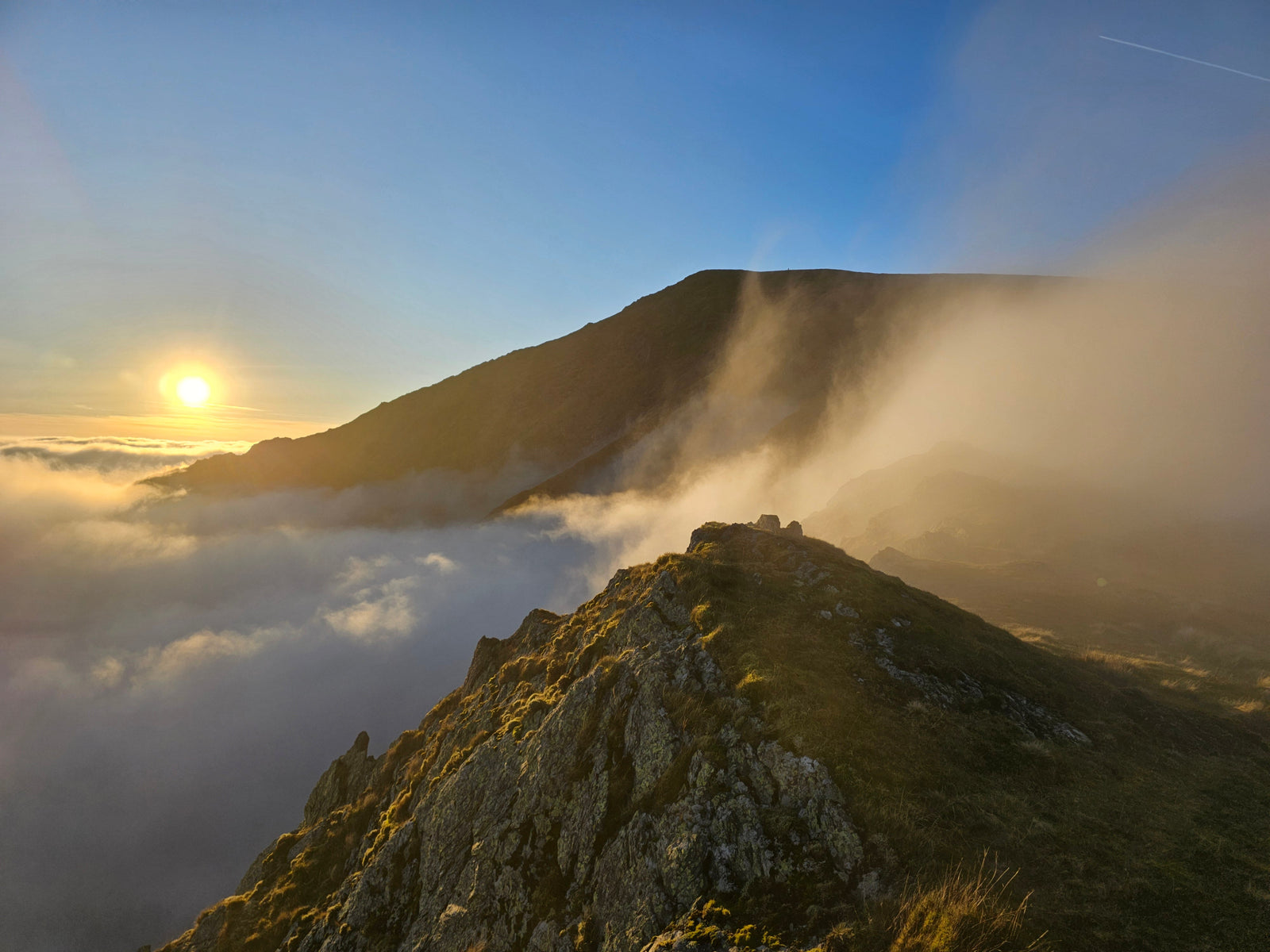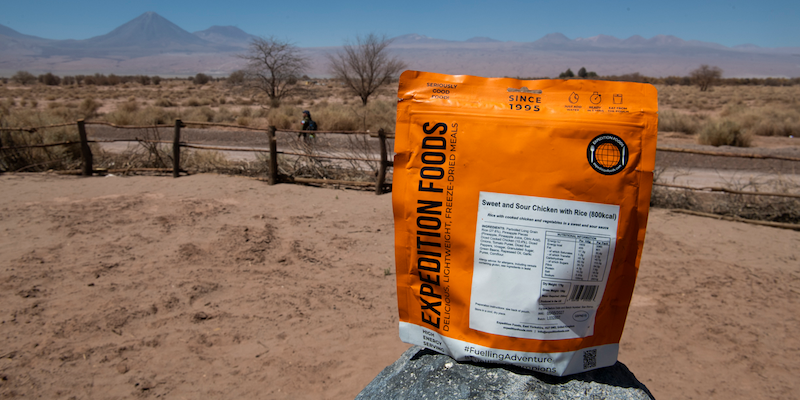-
Meals
-
Ration Packs
-
Special Diets
- Survivor Foods 25-Year Tins
-
Snacks, Drinks & Accessories
- About Us
Highs and Lows - Pakistan 2022
January 30, 2023
Expedition Foods (EF): Could you tell us a little about yourselves and your expedition history?
Stuart Holmes (SH): We are a group of friends who have had various adventures in different mountainous places going back many years. How do trips come about? The usual scenario is I spend quite a bit of time on the laptop virtually travelling the world on Google Earth looking for peaks or worthy routes to attempt. I say attempt because so far in terms of actual success of completing a planned project, our record is not the best, usually because they were a bit ambitious, or the weather or local conditions have made it difficult or impossible. But, there are many ways to measure success: in terms of having great adventures and returning in one piece with incredible memories I’d say our success rate is 100%.

EF: Please explain what your goals were for your 2022 expedition?
SH: For Pakistan 2022, two of us had visited before and were eager to return to this incredible area that has the highest concentration of high peaks anywhere. Further inspiration came from reading Eric Shipton’s book ‘Blank on the Map’ which describes an exploratory expedition in the Karakoram. We chose to visit some of the valleys that Shipton, Tilman and team had explored back in the late 1930s and since that time have only seen limited numbers of intrepid climbers and trekkers. Our planned 3 1/2 week trek started from Jhola, the first camp on the Baltoro trek, up to K2 Basecamp (BC). From here we would take a different valley to the K2 crowd to visit the Choktoi Glacier, Sim La Pass, Snow Lake, Lukpe La, Braldu Glacier, Shimshal Pass to Shimshal village. We built extra days into the itinerary to be able to spend time in the high areas exploring the valleys and peaks (in particular one probably unclimbed peak we identified on Google
Earth) in this wondrous semi-mythical place.

EF: What kit did you take?
SH: On top of the usual trekking kit we had equipment for climbing mountains (big boots, crampons, ice axes, ropes, ice screws, rock gear, etc.) as we had anticipated spending time exploring around Snow Lake and with the hope of climbing a peak or two.
EF: What did you eat while on expedition?
SH: We had a kitchen crew as well as porters in theory for the duration of the trek so our daily meals were taken care of. The diet on the 7 days we had with our crew consisted almost entirely of chicken curry! We had taken some hill food in order to be self-sufficient whilst exploring and climbing; 7 days of Expedition Foods 1000kcal main meals as well as a few snacks and things like packets of couscous. Having this one solid evening meal a day saved our trip.

EF: How did your plans change while you were out there?
SH: We left Jhola camp, with its hundreds of trekkers, climbers and local staff all destined for the Baltoro and K2 BC, and headed up the Panmah Valley. We climbed higher each day on narrow trails above the Panmah and Choktoi Glaciers until on day 3 we descended onto the Choktoi to follow the glacier up valley below the incredible Latok peaks to the head of the valley below Baintha Brakk, aka the Ogre.
During the first week of our trek we sensed undercurrents of discontent from the porters regarding our itinerary. We even had a suggestion from our guide that instead of going over the Sim La, the first pass in our itinerary, we might like to change the plans we had been working on for months, agreed with the agent and paid for, and visit Trango BC instead followed by a cultural jeep tour of Shimshal…!!! It was, however, still a surprise to us when, 7 days into our trek at the foot of the Sim La, the porters told us that they had no intention of going over the pass let alone further on. It wasn’t even about wages as is often the case, they just didn’t fancy our itinerary as far as we could tell, none of them had done it before. This left us in a pickle as there was no way we could carry enough food to complete the planned route by ourselves. ‘Plan B’ was hatched very quickly: an alternative escape after the Sim La Pass by way of Snow Lake, the Hispar La and the 50km-long Hispar Glacier, all of which we estimated would take a week.

EF: Now that some time has passed since your expedition, how do you feel about the outcome?
SH: By heading out unsupported after being abandoned by the porters, albeit with heavy rucksacks, doing long days on rough glacier and without adequate food (our 1000kcal meals saved the day), we ended up having a tremendous adventure. Yes, it was a shorter trek than we had intended and we didn’t achieve what we had set out to do, but possibly it was better for all of this.
EF: What would you say to aspiring mountaineers?
SH: Adventure is defined as an endeavour with an uncertain outcome. Keep that in mind and make the most of the journey. As previously mentioned, my own personal success rate on peaks and projects is not the best but what adventures we have had, and what a privilege it has been to explore some incredibly spectacular places that very few have seen. Roger Baxter Jones was a British alpinist who died in 1985. His golden rule for climbing, which seems even more relevant in today’s mountaineering world, was: "Come back alive, come back as friends and get to the top. In that order of importance.”
Also in Stories

In Praise of the Calorie
February 13, 2025
Norman Hadley on eating in the outdoors, and why he keeps coming back to Expedition Foods.

Jacob Myers’ Surreal Journey to Antarctica
January 23, 2025
Jacob Myers recounts his surreal journey to Antarctica, fuelled by Expedition Foods.

Government Recommended Emergency Kit
November 21, 2024


